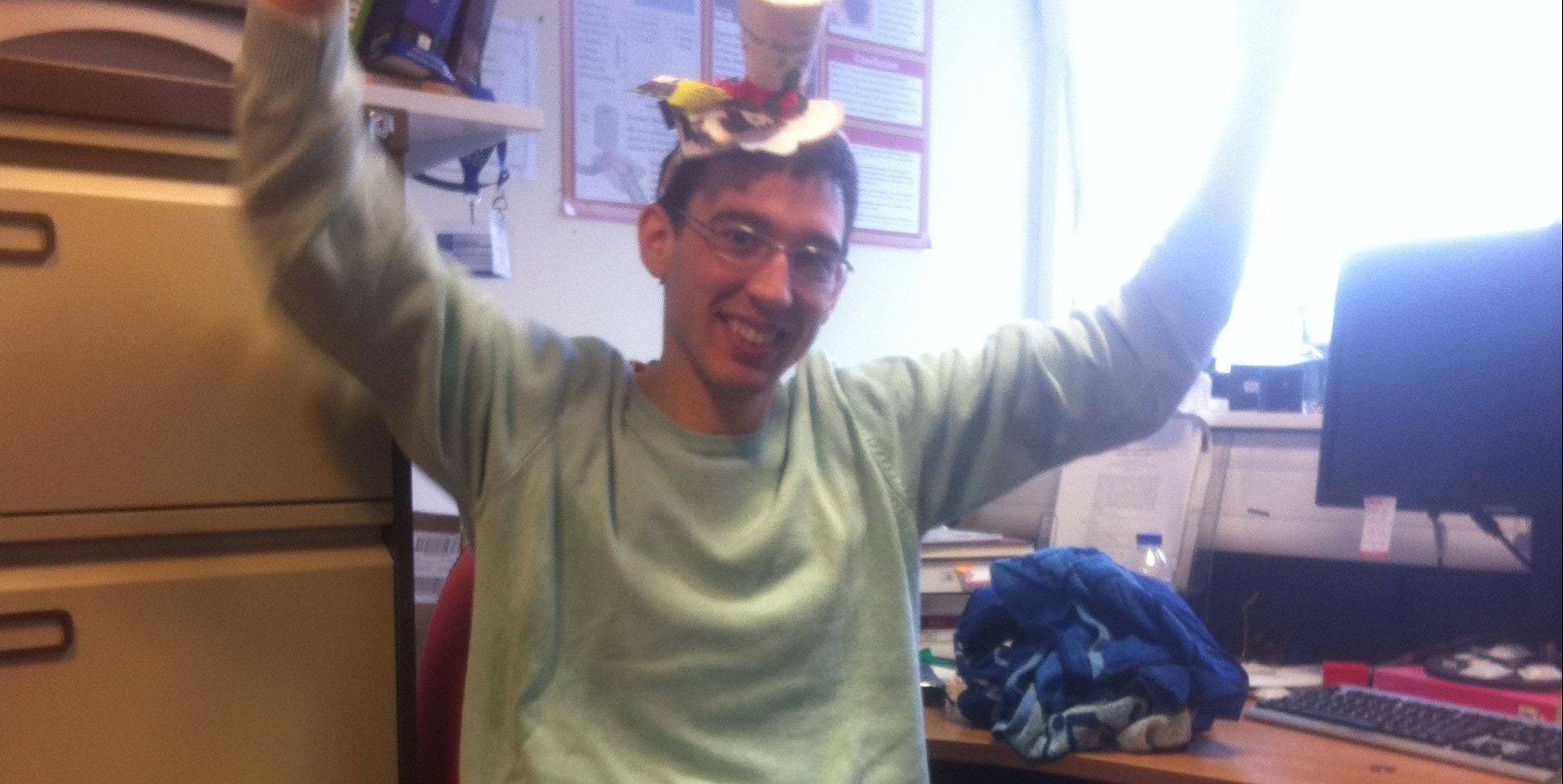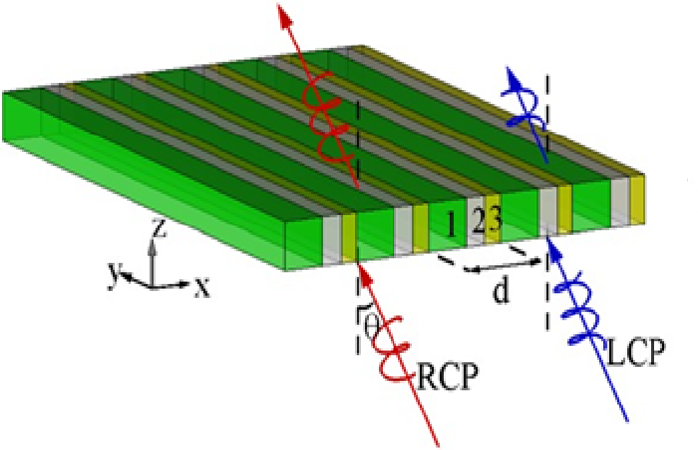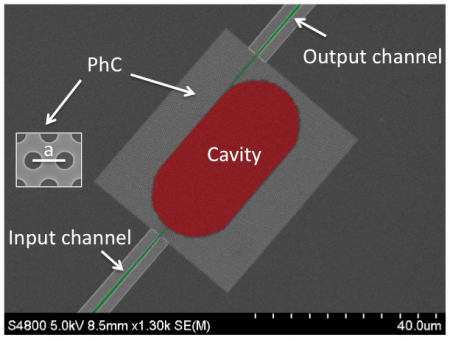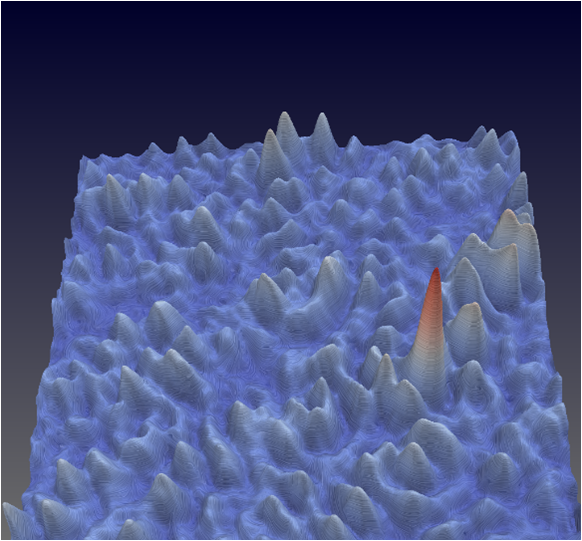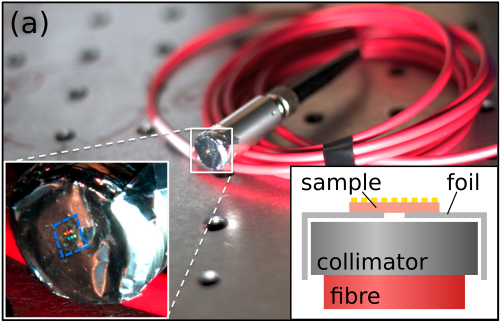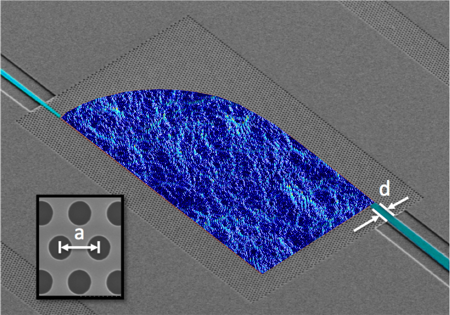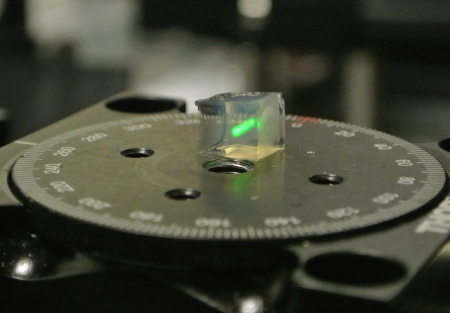In a study published in Nature Physics, in collaboration with researchers from KAUST (SA), York University (UK), and AMOLF (NL), we developed an optical chip to create and control optical waves. In nature, these rare events result from the spontaneous build up of a large amount of energy, normally in a ‘quiet’ state, and can have disastrous effects. The team began research by developing new theoretical ideas to explain the formation of rare energetic natural events such as rogue waves, large surface waves that develop out of the blue in deep water and represent a potential risk for vessels and open-ocean oil platforms. Specifically we linked… Read More »Storm In A Chip
